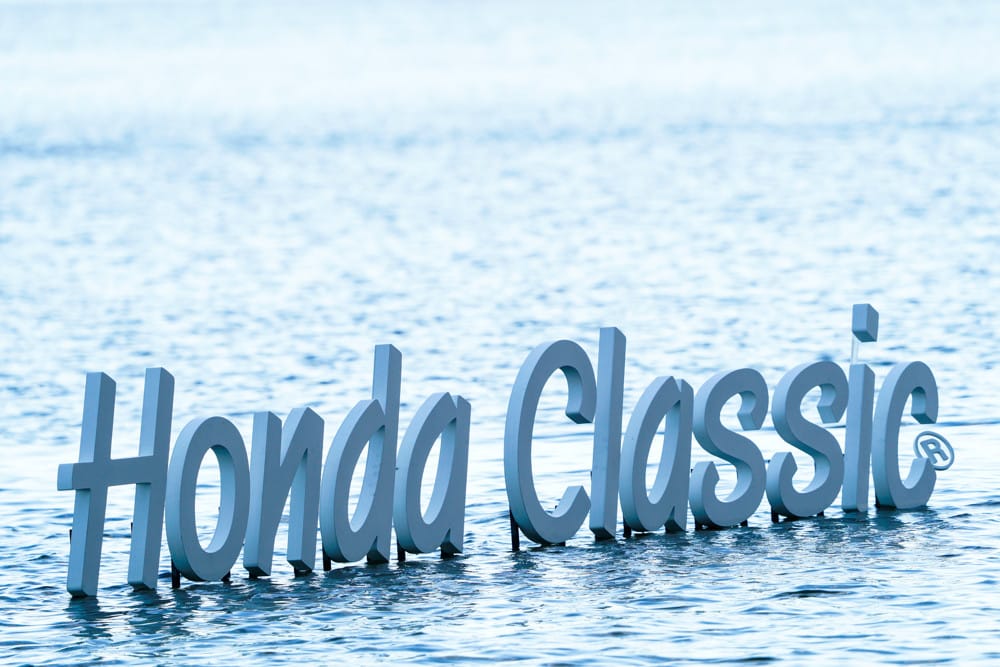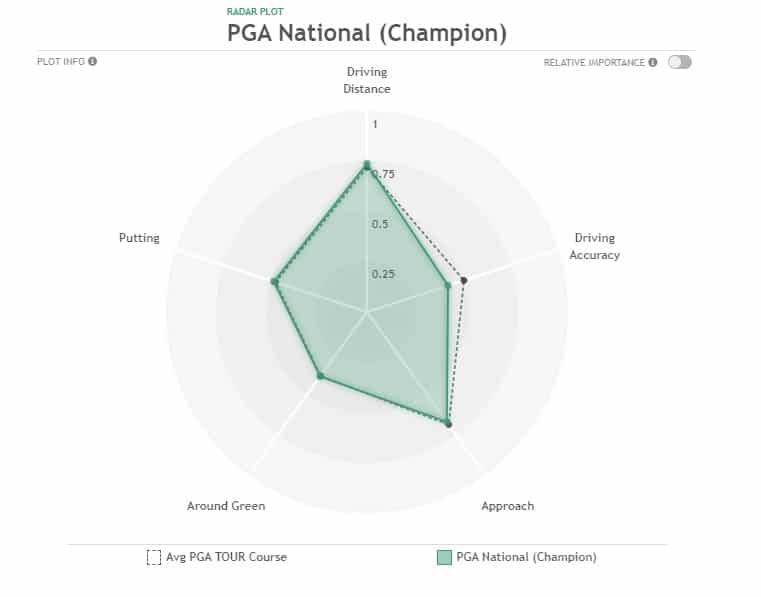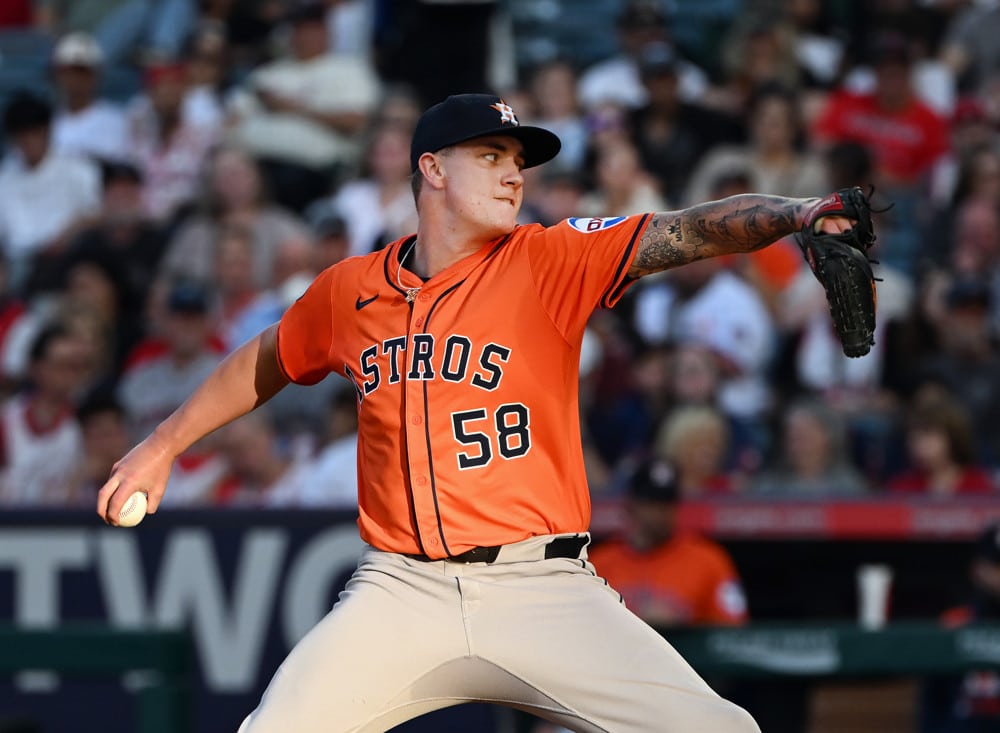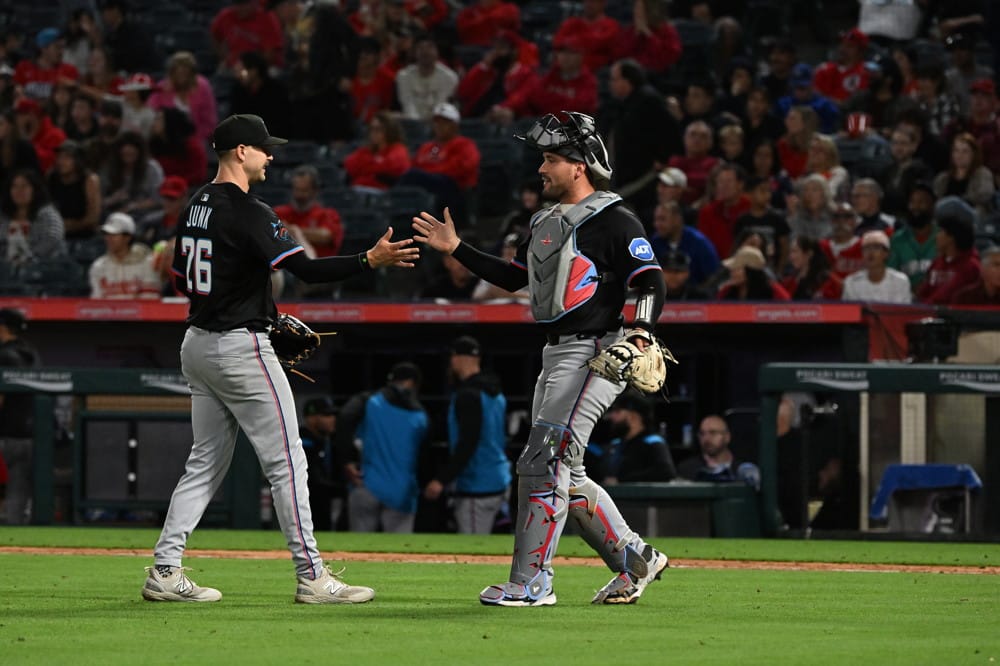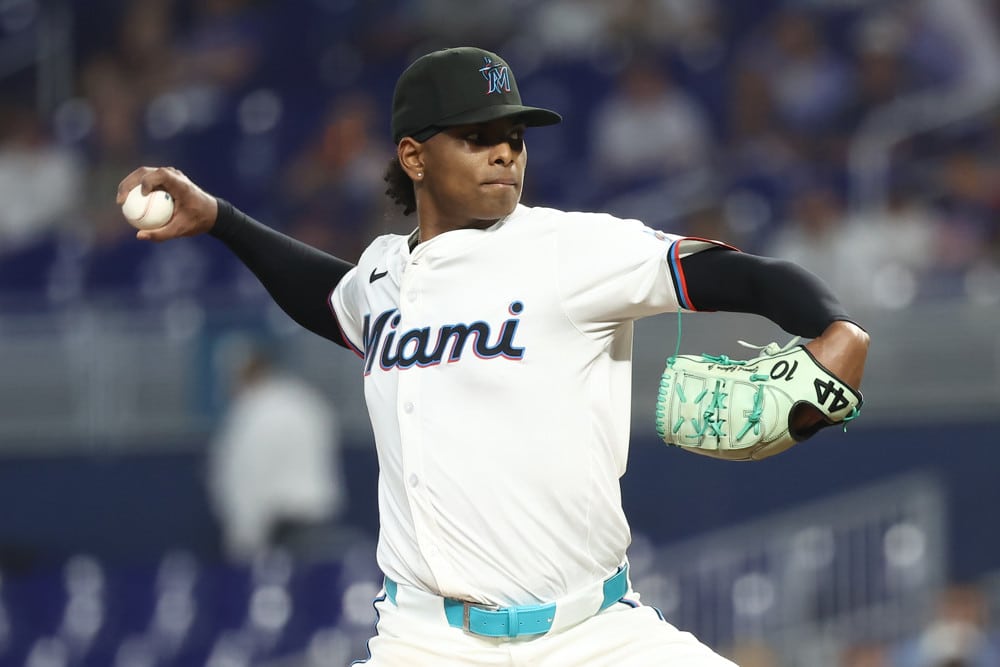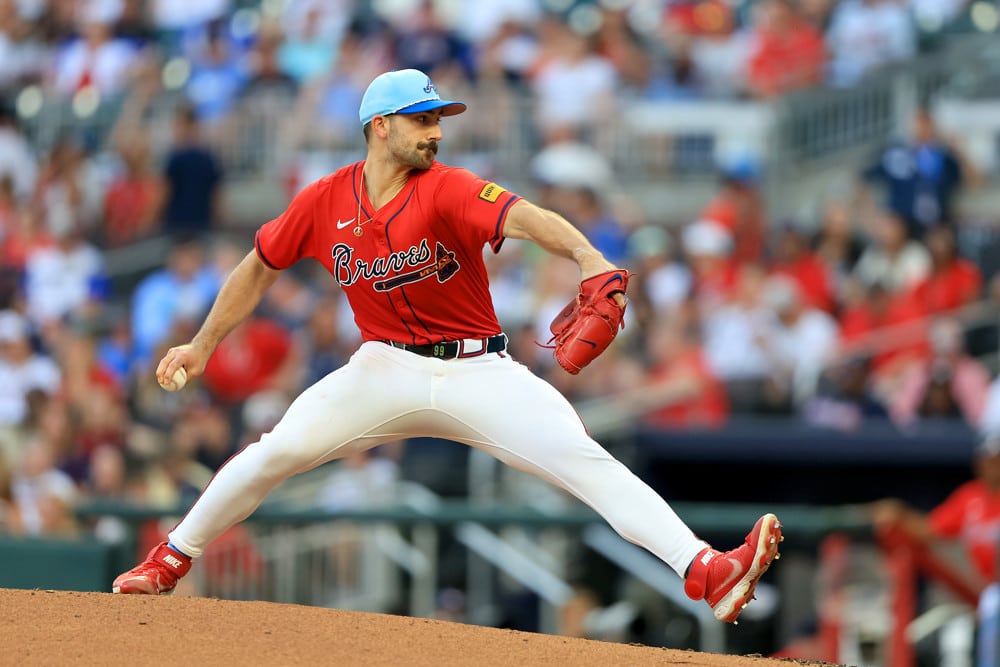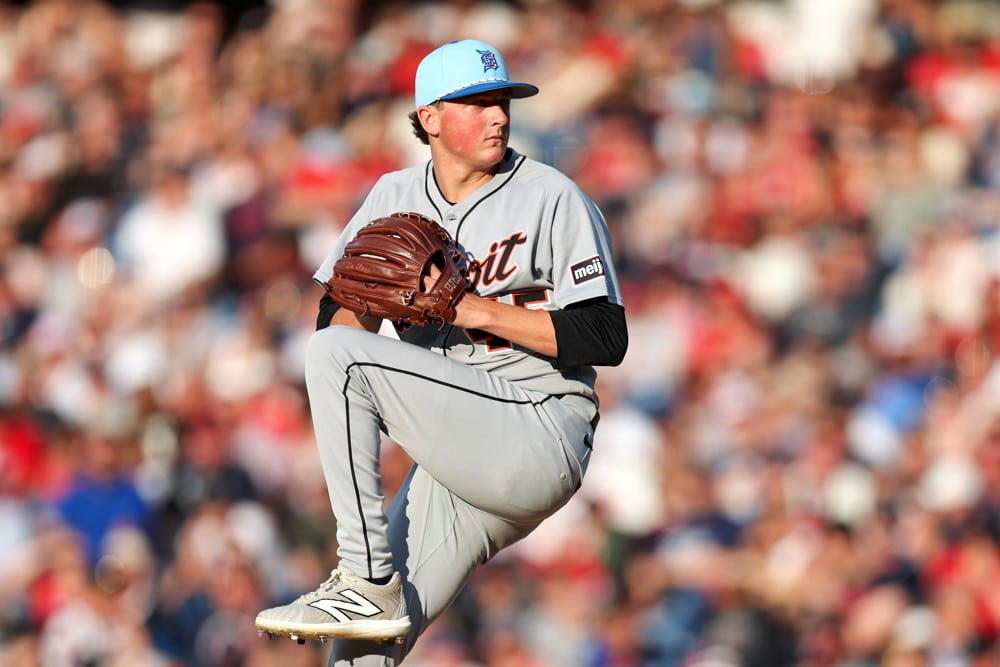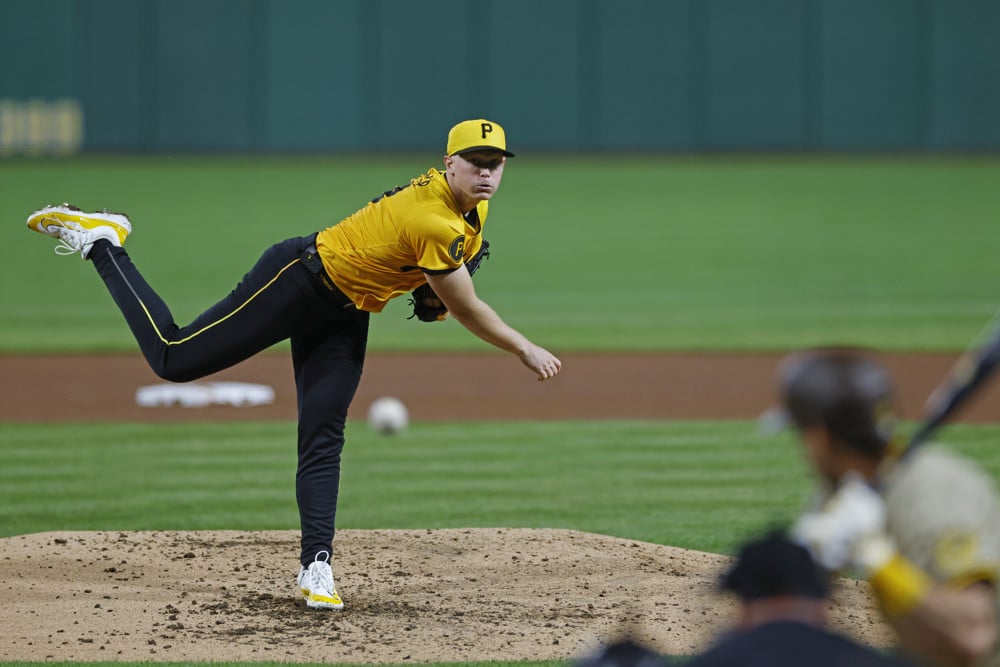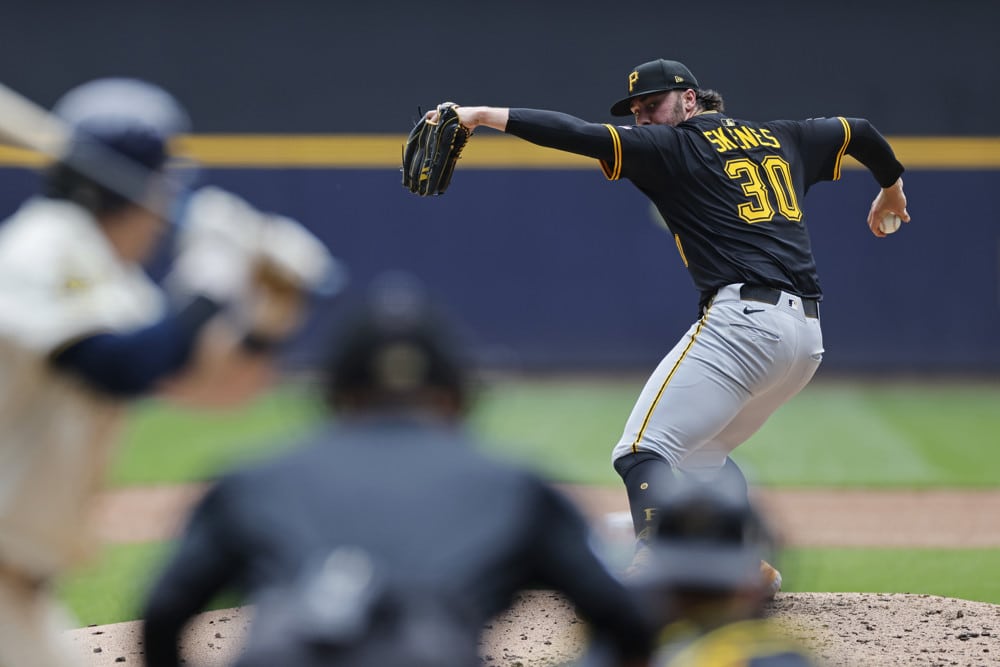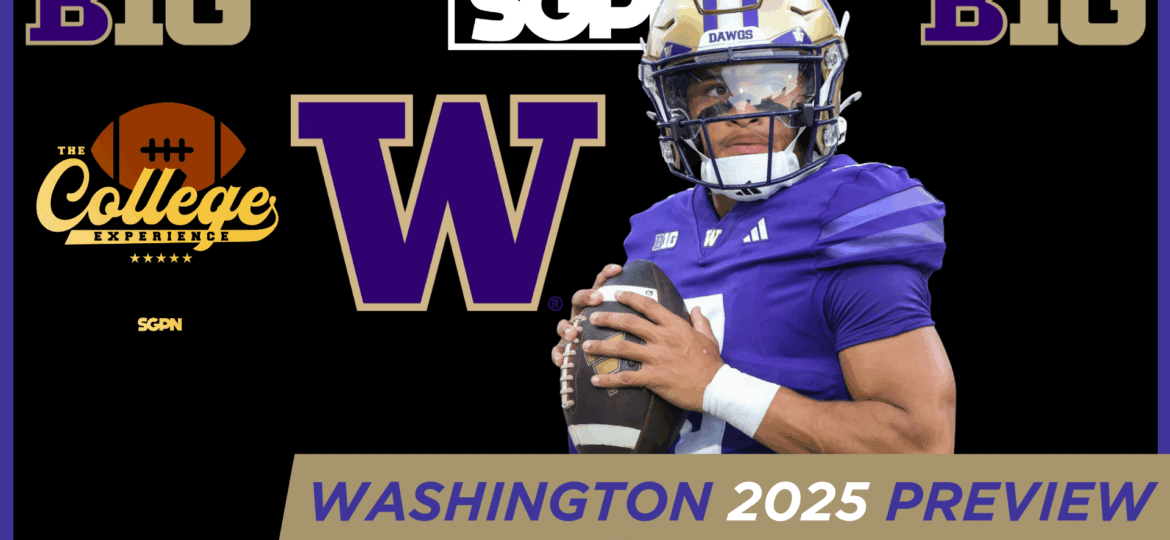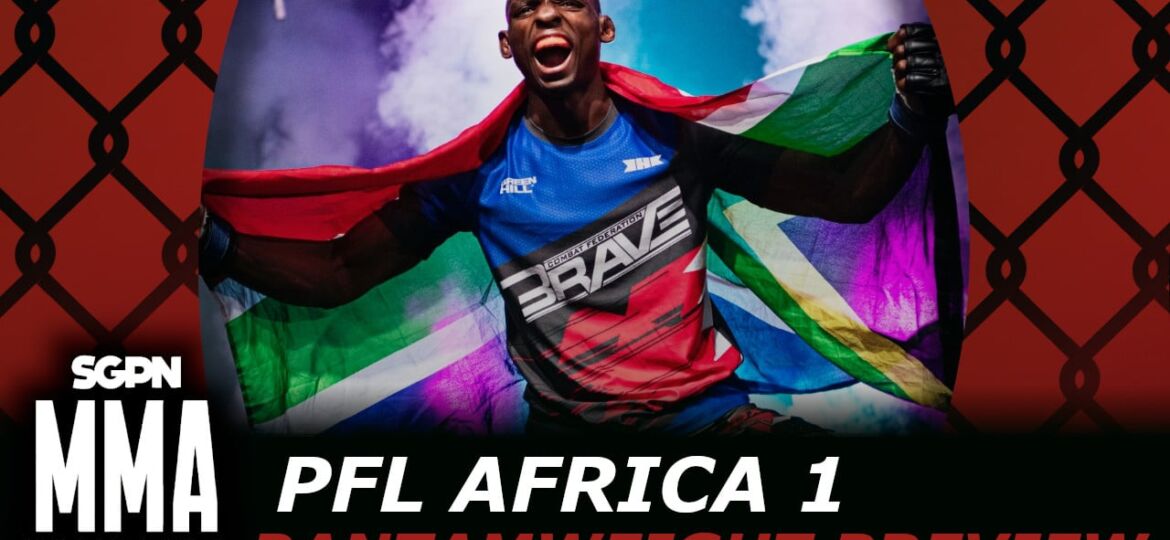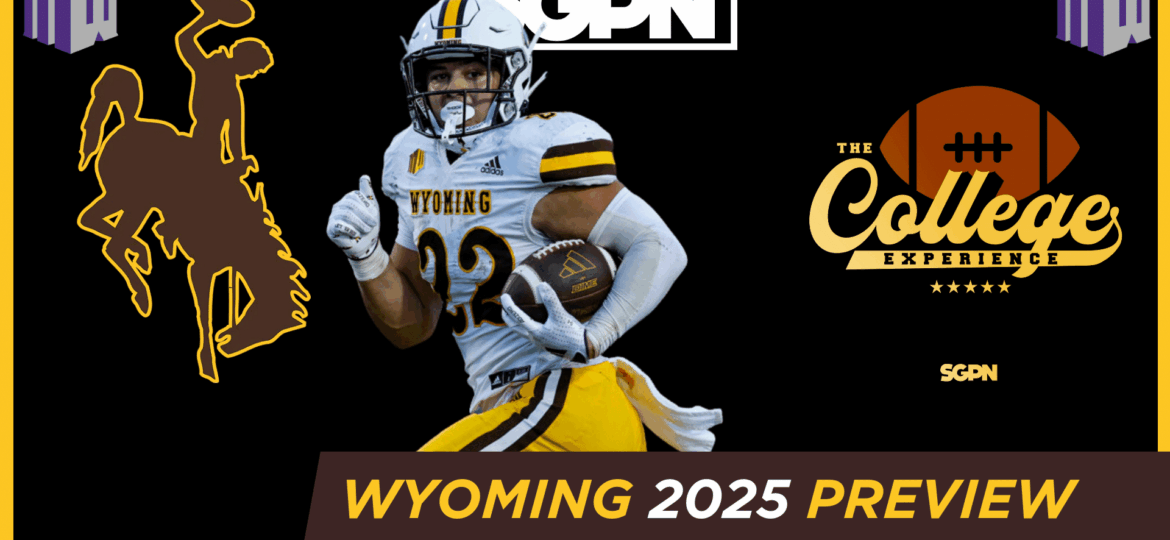The Florida swing officially kicks off for the 2023 season. This week, the PGA Tour heads to South Florida for the 2023 Honda Classic at PGA National. As always, here is your early deep-dive of the 2023 Honda Classic and a preview of how to bet.
2023 Honda Classic Preview – The Field
For the last two weeks, fans and gamblers were spoiled by the abundance of riches the tournaments would produce. With its elevated statuses and increased purses, all the top names in golf showed up to TPC Scottsdale and Riviera Country Club.
However, the 2023 Honda Classic dumps a giant bucket of cold water onto the notion that every week on the PGA Tour will feature a compelling and dynamic field. Only three of the world’s Top 25 players, and nine of the world’s Top 50 players will compete at PGA National this weekend.
Highlighting the field is Sungjae Im. Im earned his first victory at the Honda Classic back in 2020. Im had been playing marvelous golf up until last week, with a pair of Top 10 finishes at Torrey Pines and TPC Scottsdale. He’ll look to get back into contention at a golf course he’s enjoyed tremendous success at.
Other notables in the field include Billy Horschel, Shane Lowry, Aaron Wise, Sepp Straka, J.T. Poston, and Alex Noren.
For the full field, click here.
2023 Honda Classic Preview – The Golf Course
In 2007, the Honda Classic was moved to PGA National after a major investment in the golf course by a few private equity groups. The Champions Course at PGA National has held the Honda Classic ever since.
Tom Fazio and his uncle George built the Champion Course at PGA National in 1981 in order to host the 1983 Ryder Cup. In 2002, Jack Nicklaus tackled the course for a redesign in order to have it ready to host a tournament on the PGA Tour. Among the changes Nicklaus made was the re-routing of Hole No. 14, more water hazards and bunkers, new tee boxes to increase the length of the golf course, and green enhancements.
Jack Nicklaus has made quite the name for himself in golf course design, and the PGA Tour makes stops at several of his golf courses. This includes Muirfield Village, the Nicklaus Tournament Course at PGA West, The Concession Golf Club, and Valhalla. He has a reputation for creating golf courses that are demanding and penal. The Champion Course at PGA National is no exception:
Penal. Narrow. Unimaginative. Those are words to describe PGA National. There is trouble lurking everywhere on the golf course. Most fairways are no wider than 30 yards, and almost all are pinched in with a bunker. While as advertised the tournament boasts overseeded ryegrass rough, players will get inconsistent lies out of it as the bermuda begins to emerge from dormancy.
And there is water everywhere. Literally everywhere. There are only four holes on the golf course where a water hazard isn’t theoretically in play. Some holes require a much bigger miss to reach the water than others. But they’re still there, and still accessible with a very poor shot.
Not only is this a tough layout for most amateurs, but this time of the year the wind plays a major factor on the golf course. Wind plays havoc on shot trajectories and dries out the greens. When this happens, balls ricochet off the rock-hard surfaces. All in all, this tournament provides some of the stiffest tournament conditions on the PGA Tour.
If you’re someone who likes to watch a PGA Tour event and see low scores, birdies, and players firing at pins, this event likely isn’t for you. But if you’re someone who watches NASCAR for the crashes, well buckle up – you’re in for a weekend full of funnies and fails where some of the best players in the world are humbled:
The most notable part of the golf course is “The Bear Trap”, which is a nightmarish stretch from holes 15 to 17.
There’s nothing spectacular about these holes. The 15th and 17th are basically the same holes. They are moderately long Par 3’s over the water towards elongated greens with a back greenside bunker. On the 16th, the fairway runs out 280 yards off the tee and creates a forced layup. All three approach shots into the green require a left to right shot shape. Nicklaus often played a fade, so it’s no surprise a fade is required to succeed in this stretch.
But what makes this stretch of holes brutal is that they all run smack into the prevailing ENE winds. That ups the difficulty significantly. The high fades that are required to reach the greens can get caught up in the wind and end up in the water. The wind swats those shot shapes like Dikembe Mutombo and the strokes pile up in a hurry.
2023 Honda Classic Preview – Betting Strategies
To begin our preview of the best betting strategies for the 2023 Honda Classic, here are some general facts and information about the Champions Course at PGA National.
1. The Champions Course at PGA National plays as a Par 70 at 7,125 yards long. There are only two Par 5’s on the golf course. Both can be reachable so long as the wind cooperates and one find themselves in the fairway.
The Champions Course also has four Par 3’s. Two of them play well over 200 yards, however players might be aided with the prevailing wind. The other two play between 180-190 yards. However, each are typically into the prevailing wind. And only the Par 3 7th doesn’t have water near the green.
2. The fairway is celebration bermuda. While the rough is also a bermuda strain, for the Honda Classic it is overseeded with ryegrass. It also is 2.5 inches in length.
As for the greens, they are TifEagle bermuda. Here are other golf courses on the PGA Tour that feature TifEagle Bermuda greens:
- Albany Golf Club – Hero World Challenge
- Kapalua Resort – Sentry Tournament of Champions
- Bay Hill – Arnold Palmer Invitational
- Sea Island – RSM Classic
The greens will run at 12 on the stimpmeter when the tournament begins. However, in firm and windy conditions the greens will significantly quicken as the week goes on.
3. PGA National has undergone some changes since the 2022 Honda Classic. Specifically, all bunkers have been rebuilt to maximize playability and strategy. This included new subsurface drainage, new liners, and new G-angle sand. This type of sands feature particles that interlock to create firmer, more playable bunkers and are less expensive to maintain.
In addition, a few bunkers were removed on the golf course. That includes the elimination of bunkers on 13 and 16 (however, I’m unable to determine right now exactly which ones were removed), and reduction of bunkers on 17 and 18.
Overall, I don’t expect these changes to have a material impact on how the tournament goes. It’s possible the change in sand might affect a certain type of player who might not prefer a more firm bunker to play out of. But determining exactly who that would be is nearly impossible.
4. PGA National is one of the toughest golf courses on the PGA Tour schedule. In fact, of all golf courses with at least five tournaments since 2015, only Augusta National has a higher scoring average. The average score at PGA National since 2015 is +1.59/round. This is primarily due to the sheer abundance of water around the golf course, and its collection of fierce Par 3’s. In fact, the Par 3’s are the toughest non-major holes on the entire PGA Tour schedule.
5. What makes PGA National so tough? For starters, it is a very demanding golf course off-the-tee. Of all golf courses with at least five tournaments since 2015, PGA National ranks as the fourth toughest off-the-tee. Only Innisbrook, Harbour Town and Colonial are tougher.
PGA National is tough for two reasons. The first is that it is narrow. Fairways average a little less than 29 yards wide. That’s in the bottom 10 in width of all golf courses on the schedule with at least five tournaments since 2015. And there are several holes where players need to avoid water off-the-tee. It features above average penalties for all missed fairways at PGA National. Approximately 1 in every 22 tee shots incurs a penalty at PGA National.
This is probably why PGA National has some of the lowest average driving distances on each tee shot on the Par 4’s and 5’s. All tee shots since 2015 average about 276.5 yards in length. And that’s stayed consistent despite advancements in technology. Players opt to club down on several holes for a better position off the tee. And this helps explain why the driving accuracy rates hover around 67% despite the narrow fairways.
6. As long as one doesn’t find water off-the-tee, however, the penalty for missing the fairway isn’t tremendously severe. Of all drives that miss a fairway, the penalty is slightly below PGA Tour average.
The lack of penalty has more to do with the degree of difficulty of the approach shots. In fact, they are the toughest on the entire PGA Tour schedule. The historical green in regulation rate since 2015 is only 59.2%. That’s one of the lowest clips on the PGA Tour.
There are a few reason why the approach shots are difficult. First is the difficult wind conditions players can experience at PGA National. Wind often plays havoc on approach shots at this event. And if the course is playing firm, the greens can be very difficult to hold.
But the biggest reason why the approach shots are difficult is how much water guards these greens. Ten of the 18 greens bring water into play on the approach shots, including each of the final five holes on the back nine. Anyone who hits a poor approach shot on one of these holes can easily see their scores balloon.
The difficulty of approach shots from both under and over 150 yards are harder than the PGA Tour average. In fact, PGA National ranks as the toughest on approach shots over 150 yards on the PGA Tour. This is in direct correlation to the difficulty of the Par 3’s on the golf course.
So far, the biggest emphasis that has been placed so far is hitting the ball solid and consistent tee-to-green at PGA National. Unfortunately, with the field as weak as it is, the ability to find solid and consistent ball strikers at the 2023 Honda Classic is quite hard pressed. And that’s emphasized when we look at the skillset chart from DataGolf of who typically does well at the Honda Classic:
The biggest takeaways here is in the driving and iron play categories. While there’s a slightly higher correlation to longer hitters, there’s a significant negative correlation to driving accuracy being a prerequisite to success at PGA National. And there’s a slightly negative correlation to having the profile of a good iron player to success at PGA National too. This might speak more to the quality of player typically at the Honda Classic.
There is, however, a slightly positive correlation to being good on and around the green to those who have success at PGA National This despite slightly easier on and around the green conditions at PGA National than the typical PGA Tour stop. But with par at a premium and the wind making things difficult, the ability to save strokes with a good short game and making clutch par saving putts can be key to a good finish.
How are gamblers supposed to handicap the field on a golf course that commands premium ball striking while most of the field can be considered as average to below average ball strikers? One way might be to use comparable courses, specifically those that feature a lot of penalty shots. Here’s a sample of some golf courses that gamblers can look at:
- Liberty National
- Golf Club of Houston
- Muirfield Village
- TPC Sawgrass
- PGA West – Stadium Course
- TPC Twin Cities
- TPC Southwind
- Bay Hill
- TPC Scottsdale
- Le Golf National
All these golf courses have a fairly high rate of penalty shots, with most of them coming from water balls. Referring to those who play well at these types of golf courses might be a good preview of who can play well at the 2023 Honda Classic.
Lastly, here is the approach shot proximity chart of the types of shots players will hit at the 2023 Honda Classic (per DataGolf):
Another very clearly defined approach shot distribution chart. About 43% of all approach shots come from 125-175 yards. That’s significantly above the PGA Tour average. Another approximately 32% come from between 175-225 yards. That includes all the Par 3’s, which are very critical to score well on. Combined, this accounts for about 75% of all approach shots at the 2023 Honda Classic.
For those who do models, it’s important to incorporate proximity and scoring from both 125-175 and 175-225 into your models. Slightly weight 125-175 more than 175-225, but the latter must be used because that range features all the difficult Par 3’s. And those holes are the ones that can absolutely make or break ones chances at the Honda Classic.
Follow these tips in this preview, and you should be able to put together a solid 2023 Honda Classic betting card and DFS lineup.


